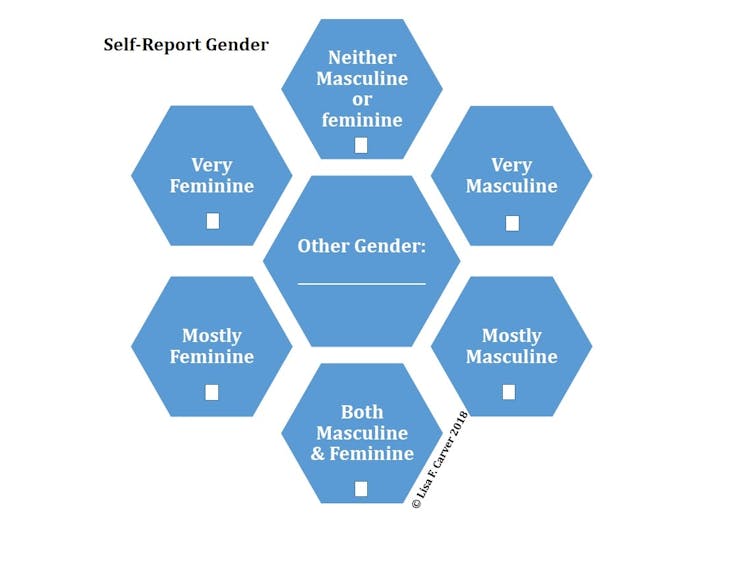Culture is not an excuse for oppressing women
There are principled and practical reasons for improving women’s rights, says Margot Wallström, Sweden’s foreign minister.
THE light in her eyes had gone out. She sat on her hands, her head bowed, apathetic. We were in a salle d’écoute—a listening room—in a dimly lit hut in a village in eastern Democratic Republic of Congo. I was there as Special Representative of the UN Secretary-General, to prevent conflict-related sexual violence and end impunity for such crimes.
The girl’s father told us she had been walking back from school with a friend. Both were schoolgirls in their early teens, wearing uniforms and carrying books and pencils. A military vehicle stopped alongside them as one of the militiamen called for the girls’ attention. Could they get them a pack of cigarettes? Not daring to refuse, the girls did as they were told. When they returned, the man pointed at one of the girls and said: “You, come with us.”
The militia held her for two days. When she was released, the light in her eyes had gone out. She was bright, the first of her siblings to go to school. The hope of the family, her father said, the hope of the village, perhaps even more than that.
exual violence in conflict is one of the cruellest, most inhumane and vicious acts. It is a war crime. Yet, during my time as UN Special Representative, I often heard people say that sexual violence was inevitable. That it was sad and unspeakable, but an unavoidable consequence of conflict. That it was a lesser crime. That it was part of the culture of war.
Sexual violence in conflict is one of the cruellest, most inhumane and vicious acts.
If sexual violence can be rationalised as inevitable, just imagine the other forms of domination over women that are accepted or seen as unavoidable consequences of culture. Let me be clear: sexual violence is not cultural, it is criminal.
A culture of oppression
But I want to reflect on the word “culture”, and the way that it is used to justify the oppression of women. I believe firmly that culture should never be accepted as an excuse for the oppression of women.
“Culture” is typically defined by sociologists as a set of values, norms and beliefs among a group. It may refer to the traditional culture in Afghanistan, of football fans in Argentina, or of university students in Sweden. Let me clarify what I mean by the “oppression” of women. I use the term to mean all instances when a woman is restricted because of her gender—whether she is explicitly discriminated against under the law or unfairly treated and looked down upon.
Not all oppression of women around the world can be explained by culture and, of course, not all cultures include the oppression of women. But the instances of it are many and varied: from the woman who is forced to marry against her will in the name of religion to the woman who is expected to put up with sexual harassment at work, because “that is just the way it is.”
The problem exists in all societies. Those who claim it does not exist in the West have been silenced by the MeToo movement, which called out injustices previously excused by a different kind of (workplace) “culture”.
Saying that the oppression of women exists in all societies does not mean it is the same everywhere. The situation is worse in some cultures, and it does no good to pretend otherwise.
Let me be clear: sexual violence is not cultural, it is criminal.
To what extent is this a problem? Should we not respect the fact that some cultures mean a lot to some people, and that cultural differences regarding the roles of men and women should be accepted?
I do not believe we should: particularly when it comes to women’s rights.
First, there is the legal argument. The Convention on the Elimination of All Forms of Discrimination against Women (CEDAW) is almost universally ratified. The UN Universal Declaration of Human Rights is agreed upon by all countries. Women’s rights are human rights and there is no room for culture in that discussion.
Second, a more principled argument, illustrated by the philosopher John Rawls’s veil of ignorance: what kind of world would you like to be born into if you did not know your position in it beforehand? Or to put it another way, how many men would like to have been born as a woman in this world?
And third, there is the practical argument. Gender equality increases wealth. A recent report by the OECD showed that the rise in female participation in the labour market in the Nordic countries over the past 50 years accounted for a 10–20% increase in GDP. Peace agreements that include women among the signatories are more likely to last.
Women’s rights are human rights and there is no room for culture in that discussion
And finally, a word about democracy. Women are half the world’s population. Is it too much to ask for half the influence?
The actions needed
There is no silver bullet that can instantly eliminate all oppression of women. Nevertheless, I would like to offer a few thoughts, based on conclusions that I have drawn from four decades in politics and foreign affairs.
It is important not to come across as if we are fighting culture (be it religious, secular, ethnic or intellectual). That risks alienating the people we are trying to protect. We should have the deepest respect for the meaning that culture has in people’s lives—including in women’s lives.
We should be careful not to come across as condescending. This does not mean we should be silent in the face of blatant abuse, or not voice support for victims. Although bold statements might be visible and memorable, most of our results come from quiet, determined work.
Four years ago, Sweden was the first country in the world to launch a feminist foreign policy. The notion of feminism is provocative to some people, but to us, feminism means that women and men should have the same rights, duties and opportunities. Or as the aphorism goes, feminism is “the radical notion that women are human beings.”
Our simple model is based on three Rs: rights, representation and resources.
Using these categories in any country where we have an embassy, we assess the practical realities of daily life. Do women and girls have the same rights—the right to education, to work, to marry whom they want, to divorce, to run businesses, to open bank accounts, etc? Are women represented where decisions are made that affect them—in government, parliament, local assemblies, businesses and organisations? Do women’s and girls’ interests receive the same resources—in budgets, in development cooperation?
Although bold statements might be visible and memorable, most of our results come from quiet, determined work.
Wherever we identify inequality, we think of what we can do to remove it. In practice, this means that we have been pushing for the Women, Peace and Security agenda in the UN Security Council, where Sweden is a non-permanent member. We have initiated a network of women peace negotiators who are active all over the world.
We have given a lot of support to women’s sexual and reproductive health and rights and provided funding for midwives in Eastern Africa. And our 108 embassies around the world are relentlessly organising events, creating attention and support for women’s issues.
A case for hope
I do not know what the girl in Congo is doing today, what her life is like and whether the light has returned to her eyes. But for her sake, and for the sake of all other girls and women in the world, I want to call on everyone reading this to join us on this endeavour.
Let us remove the obstacles to gender equality, one at a time. Let us dismantle the structures that subordinate women. Let us do what we can to make the world a little bit fairer, a little bit more gender-equal. Let us show that equal rights for women can be part of any culture in this diverse world.
___________
Margot Wallström is Sweden’s foreign minister. She was the first United Nations Special Representative on Sexual Violence in Conflict from 2010 to 2012. Ms Wallström initiated the country’s “feminist foreign policy,” which makes the promotion of gender equality a top priority for Sweden’s Foreign Ministry and embassies.
https://www.economist.com/open-future/2018/06/25/culture-is-not-an-excuse-for-oppressing-women?fsrc=gp_en




